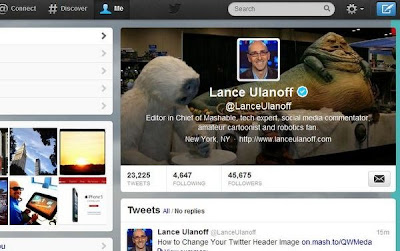video advertising service which autoplays in the news feed, regardless of the users activity on the site.
According to Ad Age, Facebook is planning to have the service out by April next year, and will offer 15 second slots to Facebook video advertisers to display their adverts in the news feed.
These adverts will play across all devices and will begin automatically, requiring users to pause the video if they don’t want to watch it.
Facebook’s controversial proposal has immediately been condemned, both for its aggressive commercialisation of what was originally a social media site, and for its over-similarity to what many believe is the bane of internet browsing: pop-up advertising.
The service would greatly benefit video advertisers, they would be able to target their highly visible adverts at specific demographics. There would, however, surely be a backlash from users, as such aggressive advertising would completely change the Facebook experience.
Only a day after news of the video advertising service was released, Facebook announced that it was putting a hold on the development of their external ad network for mobile devices.
The proposed advertising network utilised user information garnered on Facebook to target specific demographics with adverts off-site and on other apps.
“We are pausing our mobile ads test off of Facebook”, spokesperson Brandon McCormick told All Things D. “While the results we have seen and the feedback from partners has been positive, our focus is on scaling ads in mobile news feed before ads off of Facebook. We have learned a lot from this test that will be useful in the future.”
Reading between the lines of this statement, it seems that although Facebook’s external advertising service has a lucrative future, its testing will have an indefinite hiatus as Facebook try to perfect its in-app mobile advertising.
However, it could also be inferred that, in the aftermath of criticism concerning Instagram’s policy change, Facebook are unwilling to evoke their users’ wroth further by proposing to use their information offsite.
Meanwhile, there has been a significant legal amendment in the United States, which now allows advertising to be targeted to children under 13 – the age which, coincidentally, happens to be the minimum cut-off for Facebook membership.
The relevant extract in the COPPA (Child Online Privacy Protection Act) reads as follows:
“The definition of personal information requiring parental notice and consent before collection now includes “persistent identifiers” that can be used to recognize users over time and across different websites or online services. However, no parental notice and consent is required when an operator collects a persistent identifier for the sole purpose of supporting the website or online service’s internal operations, such as contextual advertising, frequency capping, legal compliance, site analysis, and network communications. Without parental consent, such information may never be used or disclosed to contact a specific individual, including through behavioral advertising, to amass a profile on a specific individual, or for any other purpose.”
Many speculate that this could lead to Facebook lowering its minimum age requirement.
What do you think of Facebook’s proposed advertising changes?



















